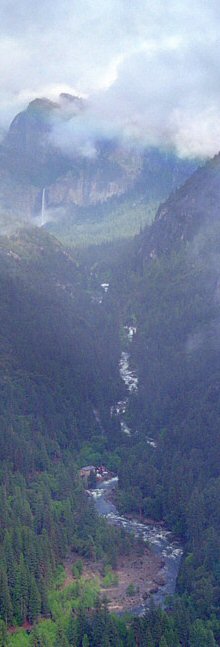In the last few years, despite the fact that, or perhaps because, my 2008 American Chemical Society presentation (slides, audio) is clear and explicit about the distinction between “cold fusion” and low-energy nuclear reactions, many “cold fusion” proponents have spent an inordinate amount of time muddying the waters. Even though many of them are technically capable of following the scientific distinctions, they still behave as though the loss of the term “cold fusion” represents a loss of their dream and of recognition of their substantial participation in a potentially new energy paradigm. For unknown reasons, many of the people who have been fighting the “War Against Cold Fusion” appear to be locked into a siege mentality and have been unable to shift their thinking as better facts and understanding of the field have emerged.
It therefore seems worthwhile to offer an analogy to help nonspecialists see the distinction between “cold fusion” and LENR.
The concept of the unicorn comes from European folklore. In general, it closely resembles a horse. It looks like a horse, walks like a horse and, ahem, talks like a horse. But the unicorn has a single horn that is said to have magical powers. And one more thing: It is a mythical animal.
The concept of “cold fusion” developed out of the research of Stanley Pons and Martin Fleischmann and the community of researchers they inspired. But much like Columbus when he headed east from Spain and then thought he found a new way to India, Pons, Fleischmann and their followers were mistaken, but only partially.
The amount of heat generated from the Pons-Fleischmann discovery resembled a nuclear reaction. The tritium and helium produced were characteristic of a nuclear reaction. A research community developed as a result of the Pons-Fleischmann discovery. Central to this community is a utopian concept and hope for a world fueled by a new kind of clean nuclear reaction.
But there was a subtle but significant difference with the underlying physical mechanism: It was based primarily on weak interactions and neutron-capture processes, not fusion. Despite the growing body of experimental evidence that revealed this distinction, and despite all the attempts that Pons and Fleischmann’s followers made to try to make LENR look like fusion, no amount of varnish could change the fact: “Cold fusion” too, was a myth. But LENR, which does not presume or assert a fusion mechanism, is real.

